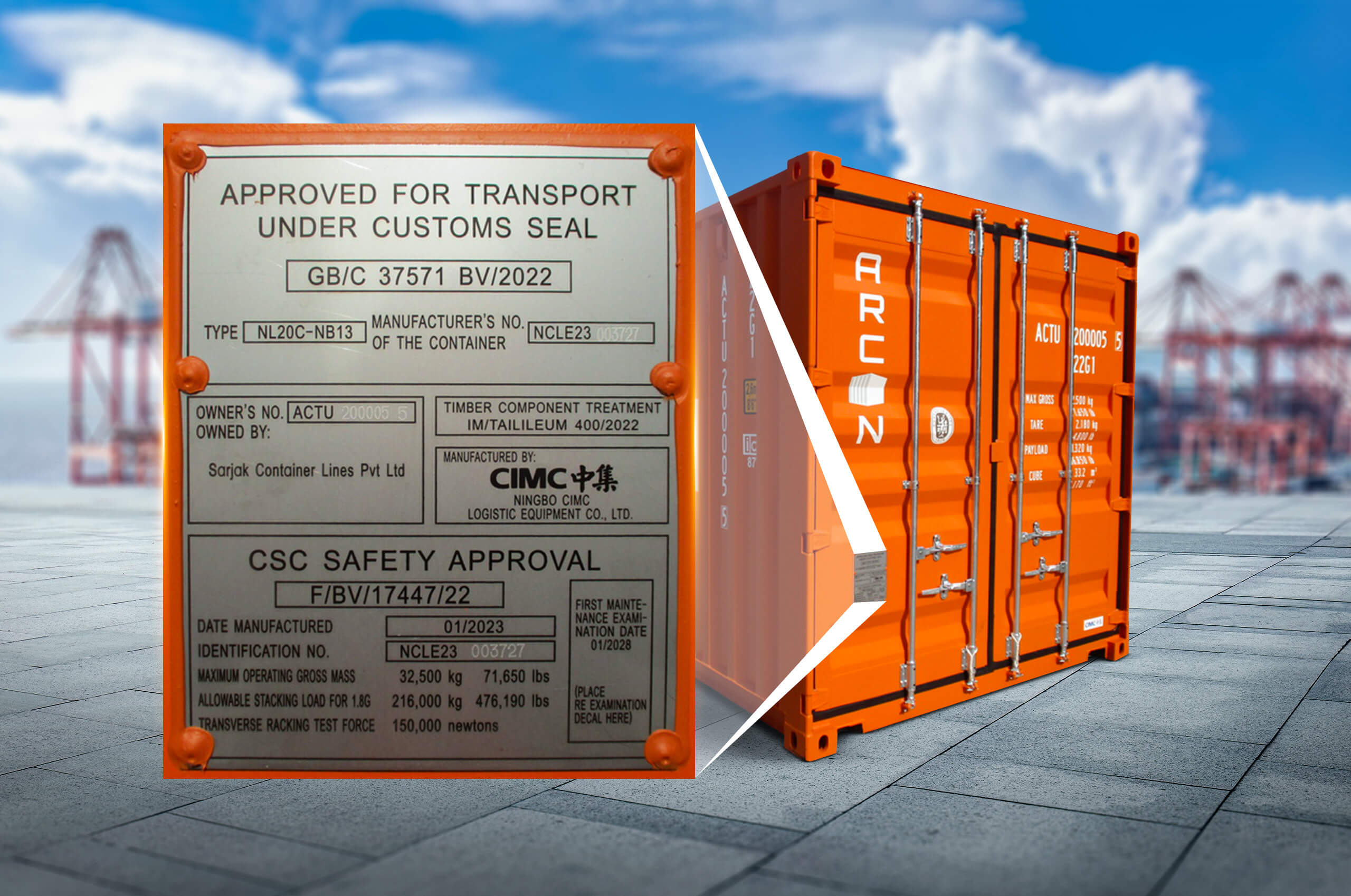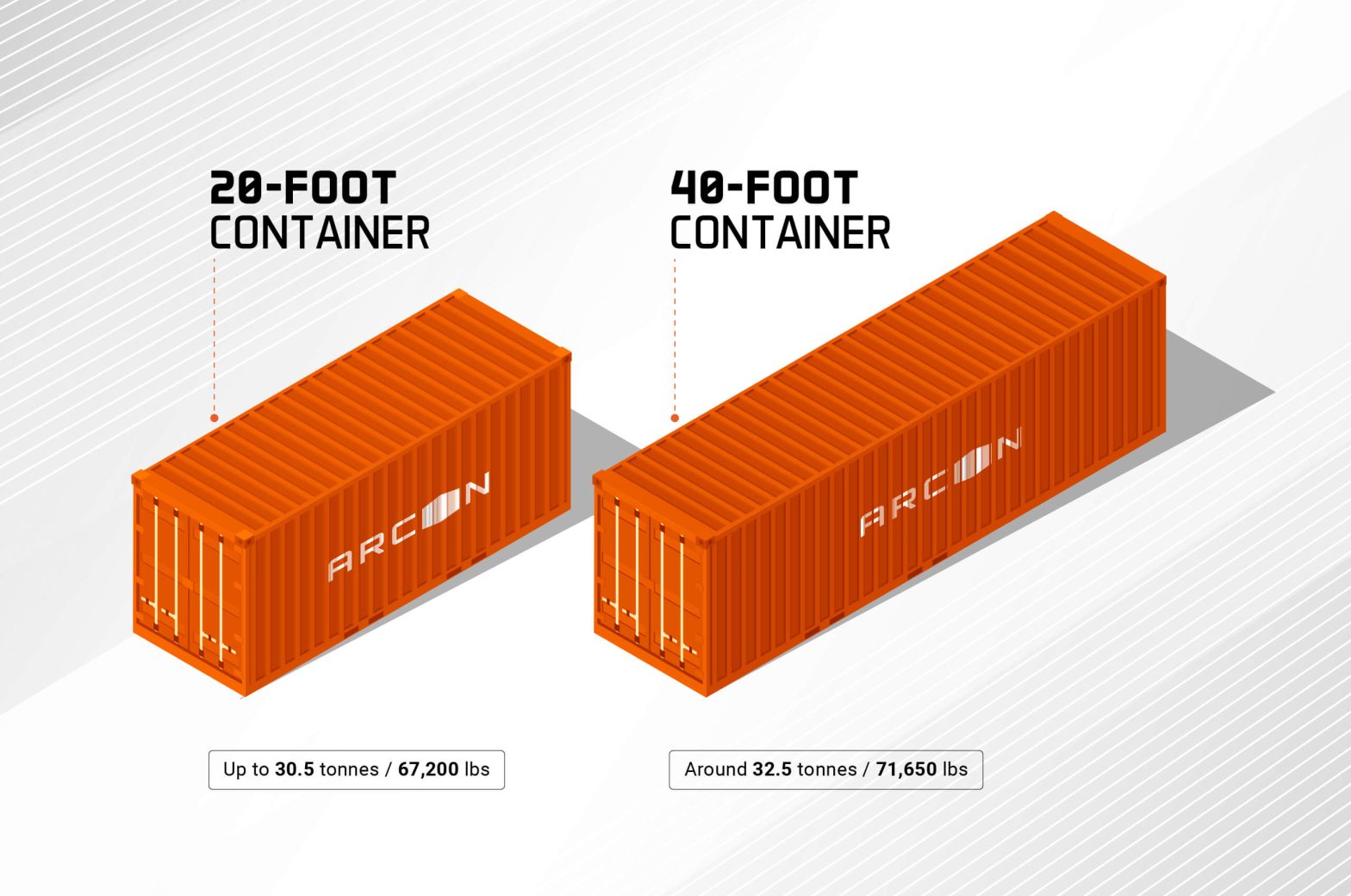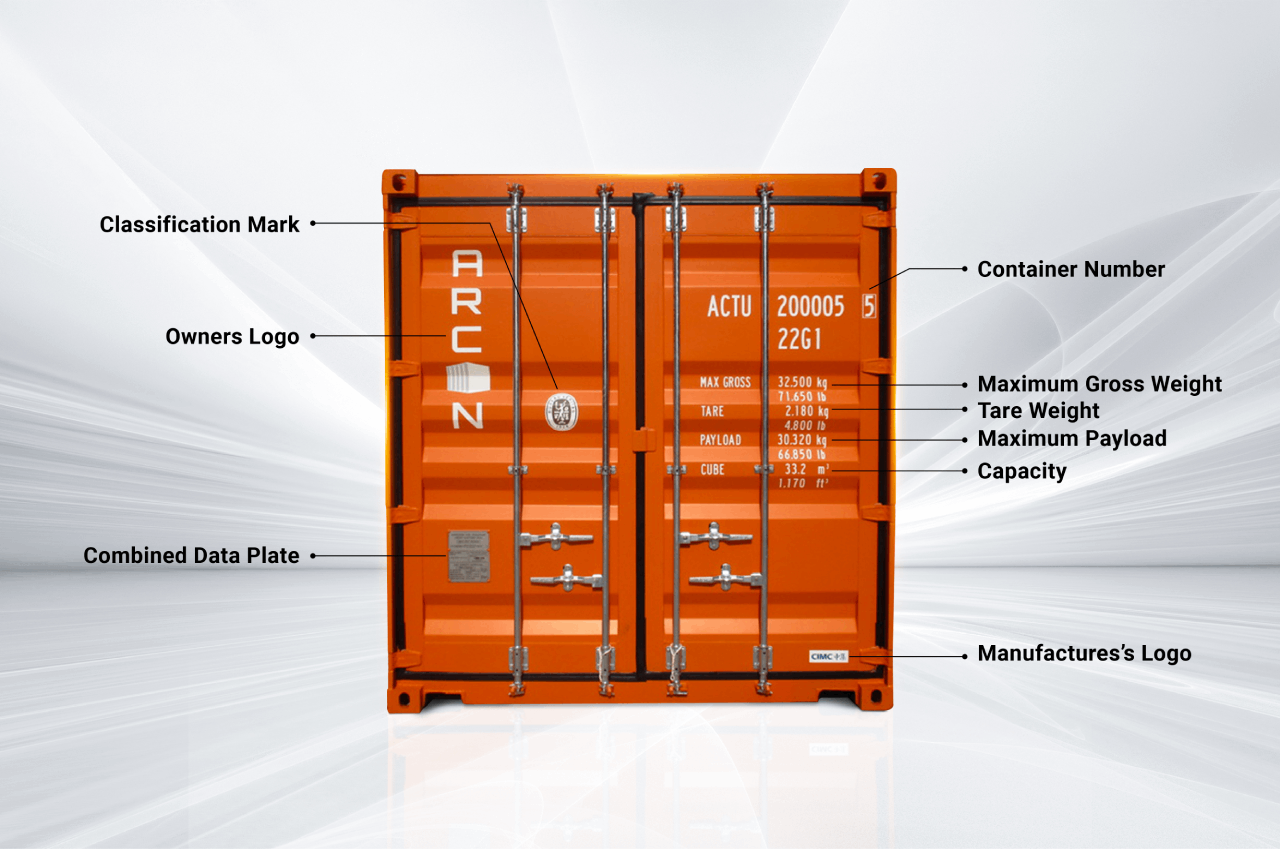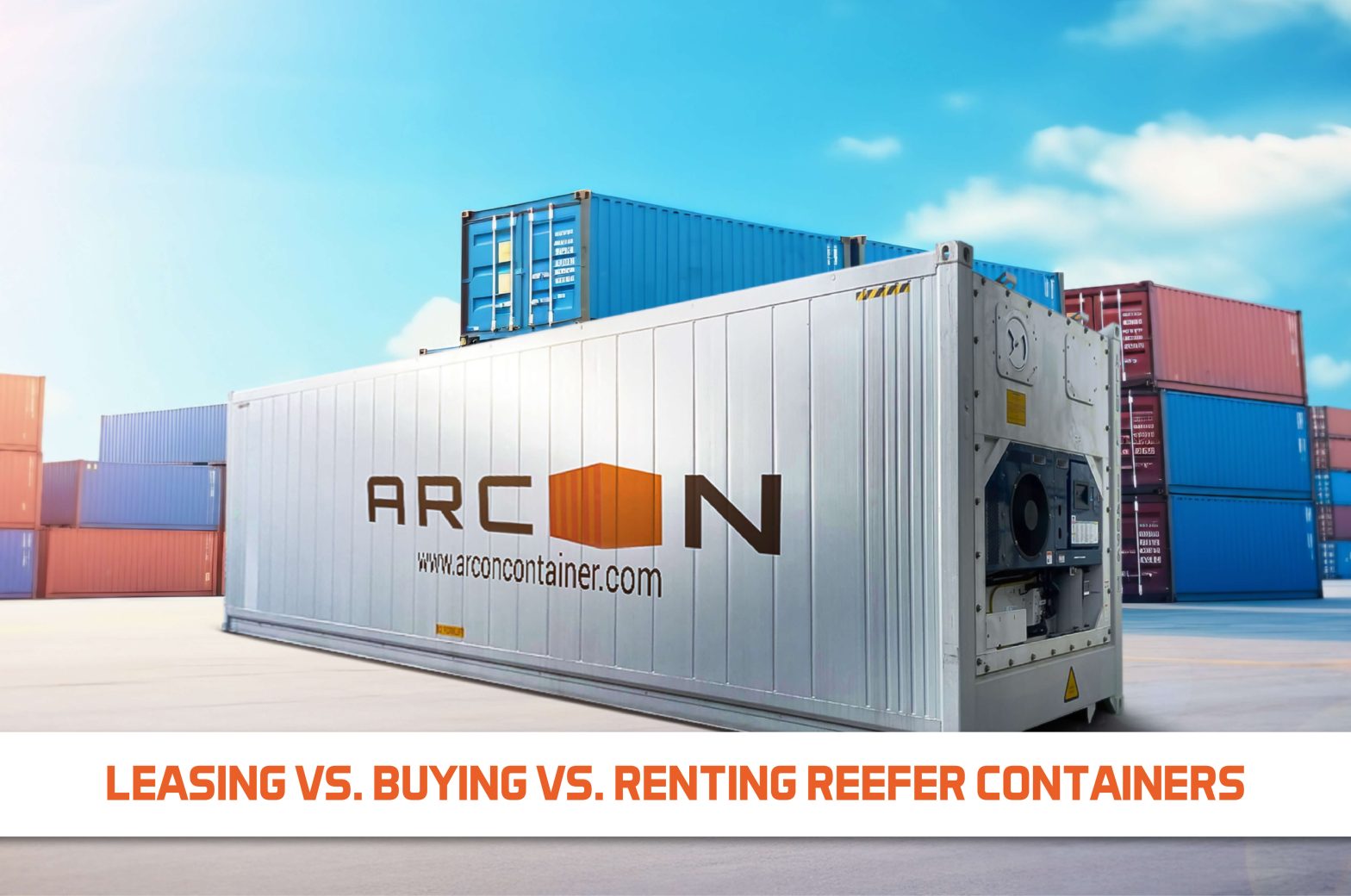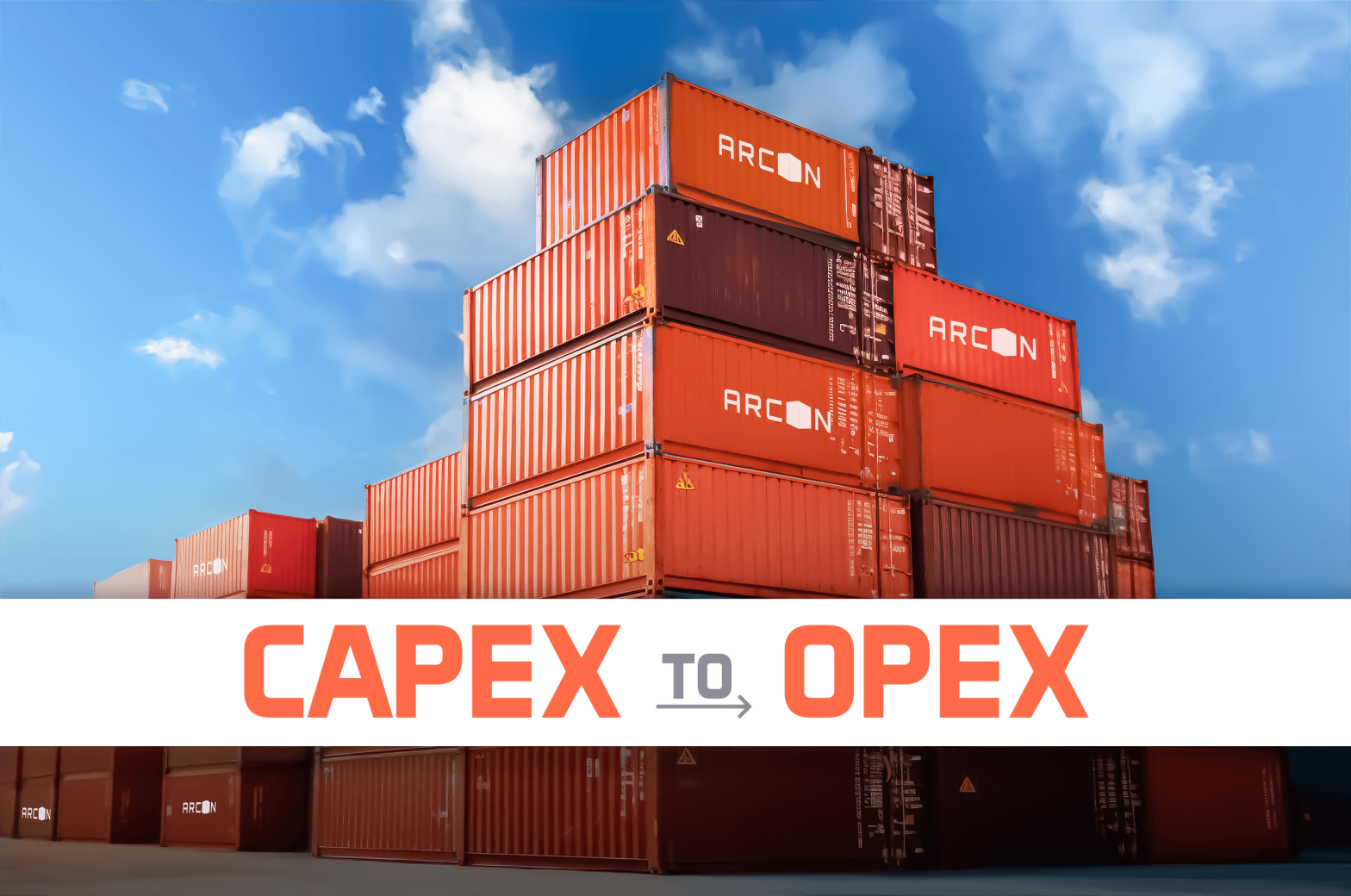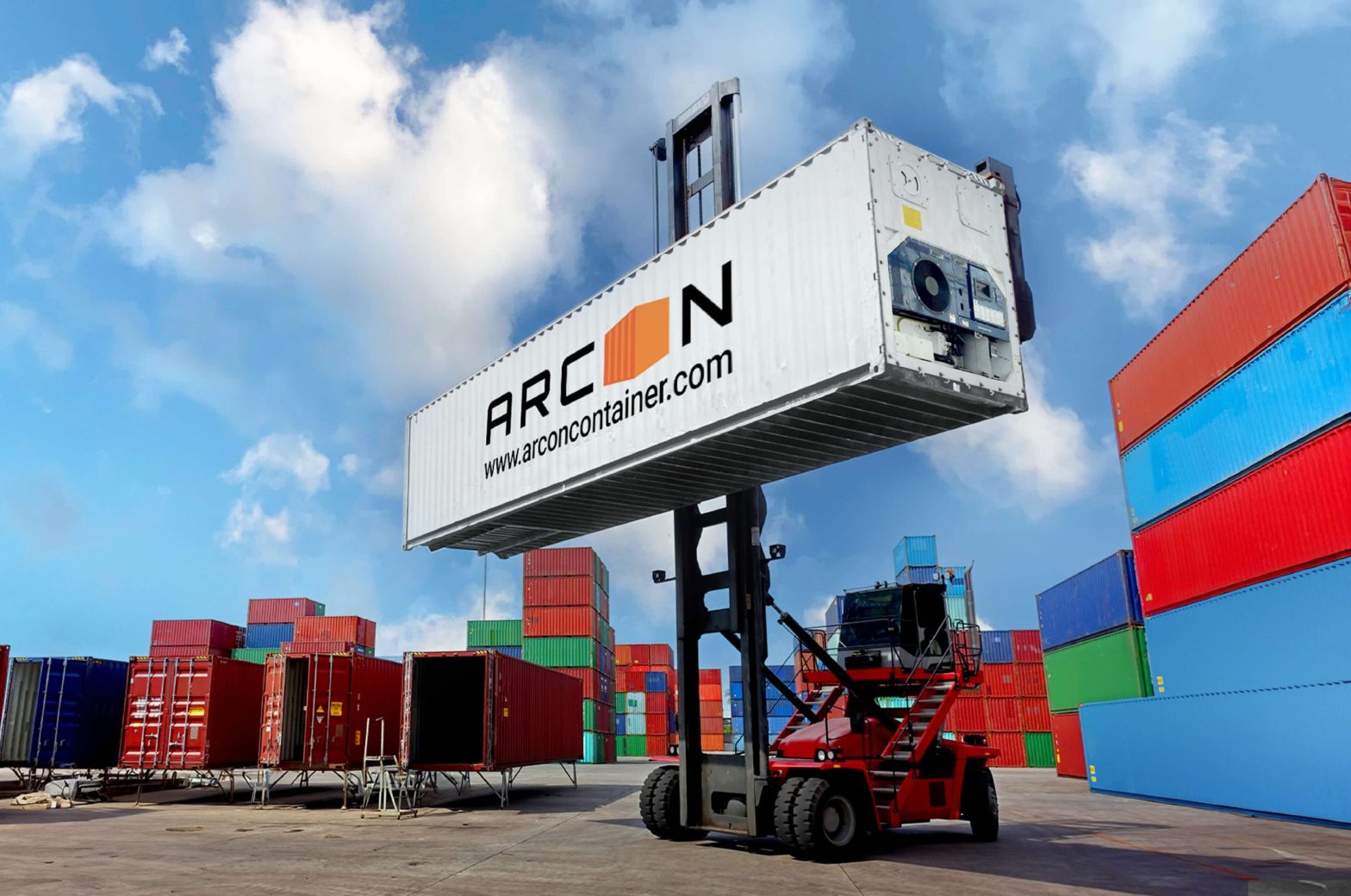Shipping containers are the lifeline of global trade, moving goods across oceans, continents, and borders with remarkable efficiency. However, ensuring the safety of these containers—whether on a ship, truck or stacked in a port—is critical. This is where the CSC Convention for Safe Containers comes into play.
Established to maintain the structural integrity and safety of containers, CSC standards set the benchmark for global container safety.
In this guide, we’ll break down the origins, objectives, components, and benefits of these essential standards.
Origin and Purpose of the Convention for Safe Containers (CSC)
The Convention for Safe Containers (CSC) was adopted in 1972 by the International Maritime Organization (IMO) under the United Nations. Commonly referred to as CSC 1972, it was created in response to the increasing global use of shipping containers. As containers became integral to international trade, there was an urgent need to ensure they met uniform safety standards across all countries.
The primary aim of the CSC is to ensure the safety of human life during container transport and handling. It also facilitates international container movement by standardizing safety regulations. All this makes it easier for containers to move seamlessly across borders without the need for repeated safety inspections.
Key Objectives of the CSC Standards
The CSC convention for safe containers is built on two core objectives:
1. Ensuring Container Safety: To provide a consistent framework that guarantees containers are structurally sound and safe for handling, stacking, and transportation, both on land and at sea.
2. Simplifying International Trade: By setting standardized safety protocols, CSC eliminates the need for multiple safety checks across different countries, promoting smoother, faster trade operations globally.
Components of CSC Standards
CSC standards cover various aspects of container safety, focusing on structural integrity, maintenance, and periodic inspections. The key components include:
- Design Requirements: Guidelines for container construction to withstand harsh conditions during transit.
- Structural Safety: Specifications for withstanding stacking loads, lifting pressures, and environmental stresses.
- Periodic Inspections: Mandates for regular safety inspections to ensure ongoing compliance with CSC regulations.
- Repair and Maintenance Guidelines: Instructions on proper container repairs to maintain safety standards after wear or damage.
The CSC Plate: Everything You Need to Know
One of the most recognizable elements of CSC compliance is the CSC Plate, also known as the Safety Approval Plate. Affixed to every compliant container, this metal plate contains vital information, including:
- Approval Reference: Indicates the authority that certified the container.
- Container Identification Number: A unique code matching the container’s documentation.
- Maximum Gross Weight: The container’s total allowable weight when loaded.
- Stacking and Racking Test Loads: Information on the maximum loads the container can safely handle during stacking or in transit.
- Date of Manufacture: Crucial for tracking inspection schedules.
This plate acts as proof that the container meets international safety standards and has passed all required inspections. Without a valid CSC plate, containers are not legally allowed for international shipping.
Benefits of Adhering to CSC Standards

Compliance with the CSC Standards offers several key benefits:
- Enhanced Safety: Reduces the risk of accidents during container handling, stacking, and transportation, protecting both workers and cargo.
- Global Acceptance: Simplifies the process of moving containers across international borders without redundant safety checks.
- Regulatory Compliance: Ensures containers meet legal requirements, avoiding fines, delays, or detentions during inspections.
- Operational Efficiency: Well-maintained containers require fewer repairs and experience less downtime, reducing overall costs.
CSC Inspections and Compliance
To maintain CSC certification, containers must undergo periodic inspections, typically every 30 months after the initial five-year approval period. These inspections focus on:
- Structural Integrity: Checking for corrosion, cracks, or deformities that could compromise safety.
- Condition of the CSC Plate: Ensuring the plate is legible, intact, and reflects current inspection status.
- Door Seals and Locks: Verifying that doors close securely to protect cargo during transit.
- Load-Bearing Components: Assessing corner posts, floors, and roof panels for wear or damage.
Failing to meet CSC inspection standards can result in the container being deemed unfit for service until necessary repairs are made and re-inspected.
To Sum Up
The CSC Convention for Safe Containers was created to ensure the safety, reliability, and efficiency of global shipping operations. From setting design standards to enforcing regular inspections, CSC compliance isn’t just a regulatory requirement—it’s a commitment to safety and operational excellence.
At ARCON Containers, we understand the importance of CSC compliance and ensure that all our shipping containers meet or exceed international safety standards. Our commitment to quality and safety ensures that you can rely on us for robust and compliant container solutions tailored to your business needs.
Let us help you move your cargo with confidence, knowing that safety is always our top priority.


